The origins
What tea is?
Tea is made from the leaves of Camellia sinensis, a plant with natural antioxidant properties cultivated in Asia and Africa containing theanine and catechin.
The most popular and well-known teas in the world are black tea and green tea. Each variety comes from the same plant and they are differentiated by the processes used to make the end product: black teas are fermented, unlike green teas which are not. Once dried, the tea can undergo further processes, such as flavouring and deteinisation.
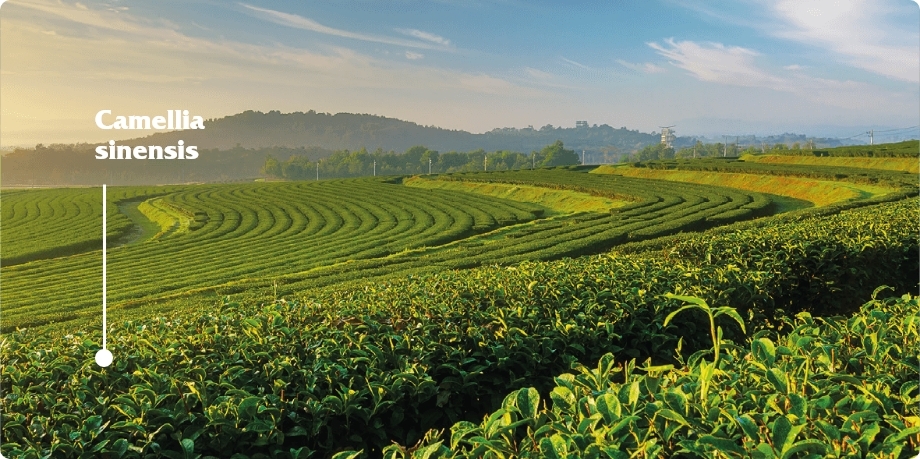
Where Thé Infré comes from
More than half of the Infré tea blend comes from the family-run Havukal Tea Estate, managed in line with the most advanced agricultural, social and technical regulations, located in the scenic Nilgiri mountain range in southern India. An area renowned for the excellent qualities of its tea.
The Nilgiri Mountains are called ‘blue mountains’, a name brimming with poetry that aptly describes a unique place in the world, where the tea plantations are called ‘gardens’ because of their beauty. A magical place, where one can still perceive the grandeur of nature, the enchantment of the warm wind caressing the leaves, enveloped by the scent of vetiver, the tropical plant that grows wild on the edges of the plantations.
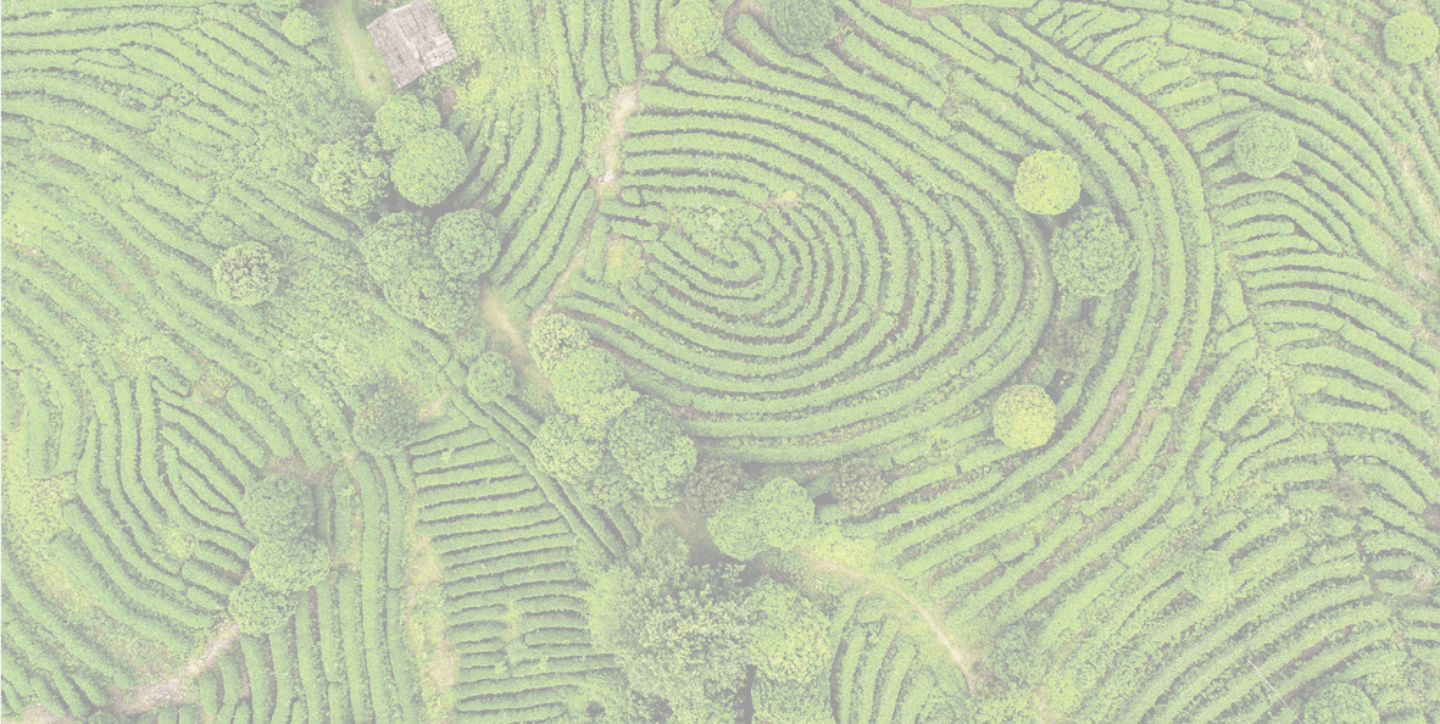
At the Havukal Tea Estate, the tea is harvested and processed according to the ‘traditional’ method, whereby the leaves are gently rolled and then cut before the oxidisation and drying process begins. The result is a tea with an unmistakable aroma and liveliness.
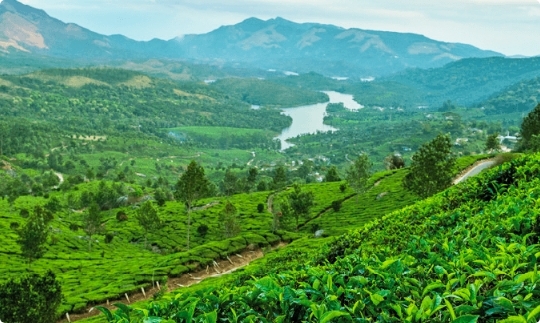
A further 25% of the Infré tea blend is produced by farmers on a small farm in Kenya, located at an altitude of 1610 m in the eastern part of the Rift Valley. Here, the tea is produced according to the ‘CTC’ method, which consists in crushing and rolling the leaves to make the tea stronger. The farm is managed by the Kenya Tea Development Agency to guarantee quality and protect the local workers.
The blend is complemented by other fine teas, produced in Indonesia following the ‘traditional’ method.
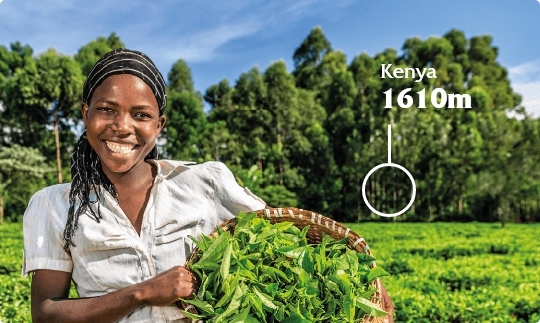
Historical background

The origins of Thé Infré
Researcher and pharmacist Theodor Grethe patented a revolutionary decaffeination process, which removed the theine from the tea leaves while preserving the aroma and properties intact. And indeed, the now iconic name “Infré” was inspired by the word ‘koffeinfrei’ (‘caffeine-free’).
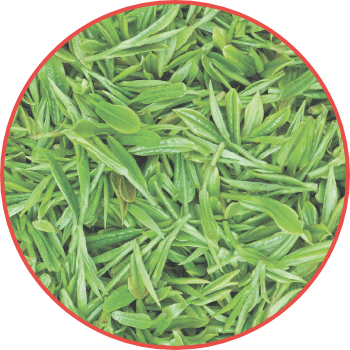
Development in Italy
First produced in Switzerland in 1946, Thé Infré arrived in Italy in the 1960s thanks to a partnership with the Bonomelli company, which has been packaging and distributing it in Italy ever since. In the 1970s, Bonomelli introduced Thé Infré to the general public, first selling it in pharmacies and then spreading its distribution to supermarkets too. This increased its success, making Thé Infré the go-to product in Italy for consumers of decaffeinated tea.

Over 75 years of experience
The constant growth and development of the production processes led to the construction of a new plant in Semsales in the Swiss Canton of Fribourg in the 2000s. A state-of-the-art facility where 75 years of experience, combined with the highest technological and safety standards, guarantee the production of the highest quality decaffeinated tea. A global benchmark.